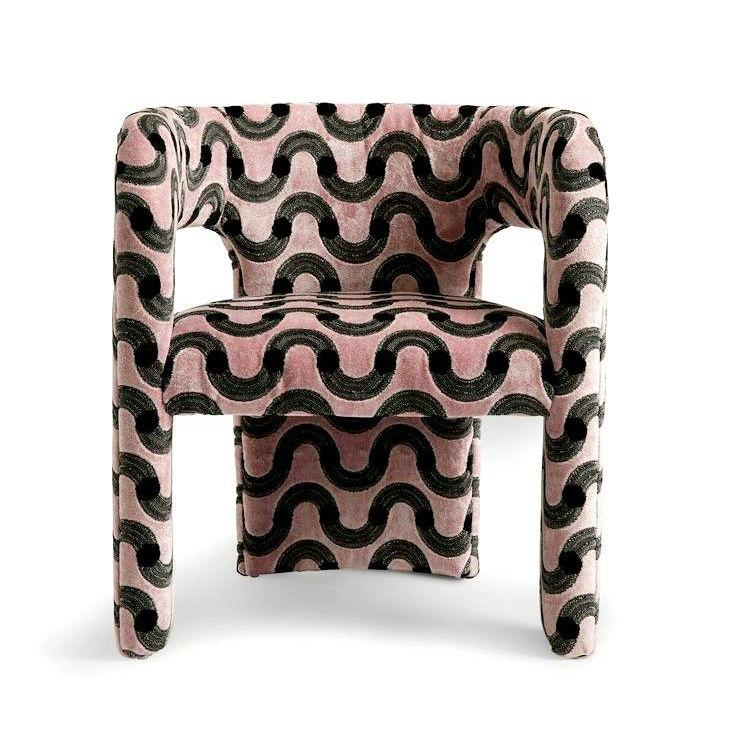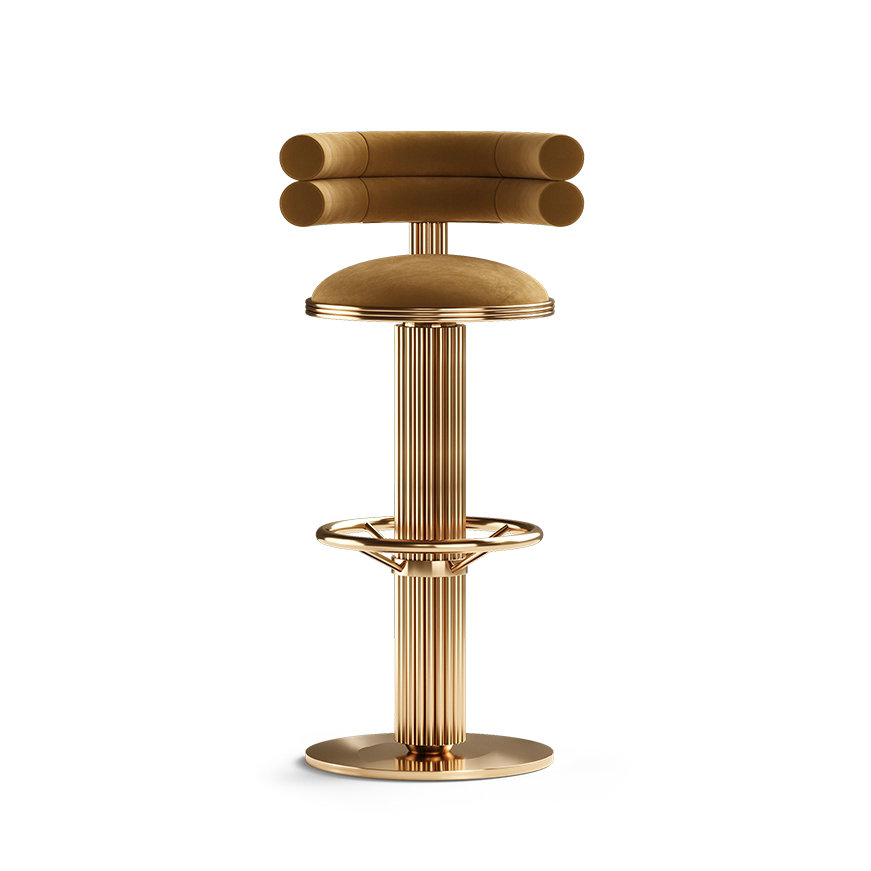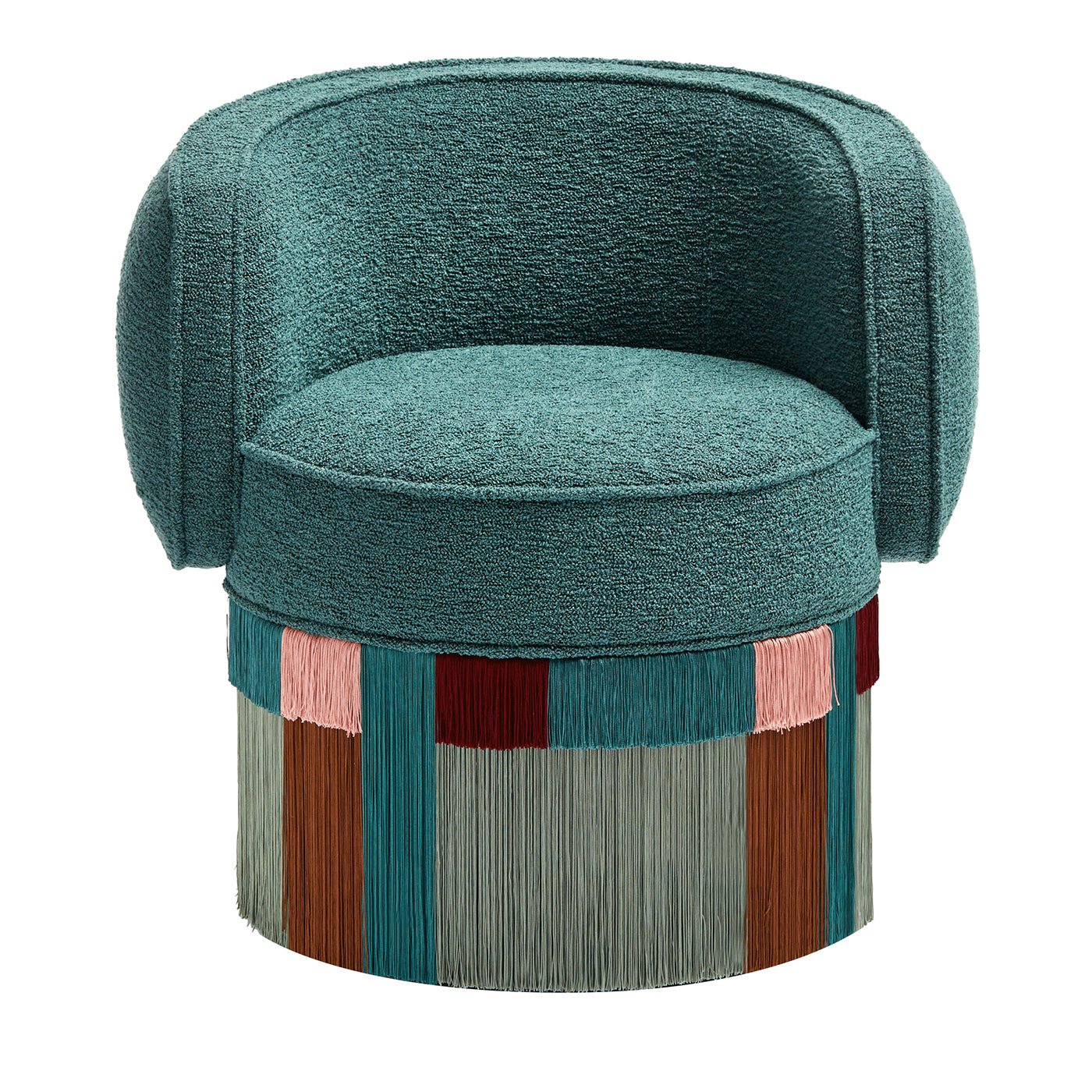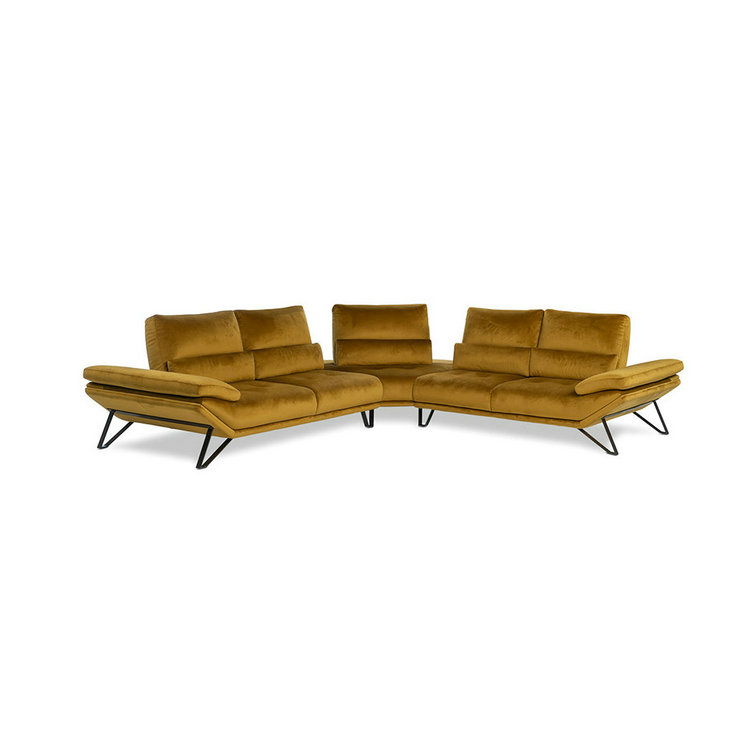Material Analysis of Restaurant Furniture: A Comparison of Wood, Metal, and Plastic
When choosing restaurant furniture, the material plays a significant role. It affects the look, durability, comfort, and maintenance of each piece. Whether for home dining or commercial restaurants, selecting the right material enhances the dining experience and increases the longevity of the furniture. In this article, we’ll discuss three popular materials—wood, metal, and plastic—analyzing their pros and cons to help you make an informed decision when choosing restaurant furniture.
2. Sturdy and Long-lasting: Wood is naturally strong, especially hardwoods like oak and walnut, which are highly durable. Quality wooden furniture can last for years, making it a worthwhile investment, especially when sourced from a high-end furniture factory.
3. Comfortable Feel: Wood feels warm to the touch and is softer compared to metals or plastics. This makes it ideal for daily use, especially in settings with families, children, and elderly customers.
4. Highly Customizable: Wood is easy to carve and shape, offering countless options in style and design. Many restaurant custom furniture services provide tailored wood furniture solutions to meet unique stylistic requirements.
2. Sensitive to Environment: Wood can be affected by temperature and humidity, leading to potential warping, cracking, or expansion. Wooden furniture requires careful upkeep to prevent issues in overly humid or dry environments.
3. Maintenance Requirements: Wooden furniture surfaces can scratch easily, needing regular polishing or oiling. For commercial restaurants, this maintenance can add up, impacting long-term costs.

2. Modern Aesthetic: Metal furniture brings a sleek, modern style to any restaurant. Materials like stainless steel and aluminum offer a clean, minimalistic look popular in modern restaurant custom furniture design.
3. Easy to Clean: Metal surfaces are smooth and don’t trap dirt, making cleaning straightforward. This low-maintenance quality is particularly useful in a restaurant setting.
4. Variety in Price: Metal furniture varies widely in cost, with options for every budget. While iron is usually more affordable, stainless steel and aluminum may cost more but offer increased durability and rust resistance.
2. Susceptible to Rust: Some metals, like iron, rust in damp environments. Although stainless steel and aluminum resist rust, they still need regular maintenance to prevent scratching and damage.
3. Limited Style Compatibility: Metal furniture pairs well with modern or industrial themes but may clash with traditional or cozy restaurant settings.
2. Budget-friendly: Plastic is one of the most affordable materials, ideal for budget-conscious buyers. This affordability makes plastic furniture especially appealing to businesses needing large quantities.
3. Variety of Styles: Plastic furniture offers flexibility in color and shape, allowing for creative and vibrant restaurant decor that suits a trendy or relaxed vibe.
4. Water and Corrosion Resistant: Plastic resists moisture and does not rust or corrode, making it ideal for outdoor environments or humid conditions.
2. Limited Comfort: Plastic surfaces can feel hard and uncomfortable over extended use, especially if cushions aren’t included.
3. Environmental Concerns: Some plastics are not biodegradable, raising environmental concerns. Eco-conscious buyers may want to look for recycled or sustainable options.
Our guide aims to help you understand the distinct features of each material and make the best choice based on your restaurant’s needs. Working with a restaurant custom furniture design service allows for tailored solutions that align perfectly with your restaurant’s style, comfort, and maintenance needs.
Whether you choose wood, metal, or plastic, selecting the right furniture will create a more inviting dining experience for your customers and make your restaurant both functional and stylish.
Ⅰ. Wooden Restaurant Furniture
Wooden restaurant furniture is a classic and beloved choice. Whether it’s the warmth of solid wood tones or the rich texture of natural grains, wooden furniture adds a cozy, inviting feel that complements a variety of restaurant styles.Advantages
1. Natural Aesthetics: Wooden furniture brings a warm, natural ambiance to any space. From the vintage look of dark woods to the modern vibe of lighter woods, wood furniture enhances a restaurant’s character.2. Sturdy and Long-lasting: Wood is naturally strong, especially hardwoods like oak and walnut, which are highly durable. Quality wooden furniture can last for years, making it a worthwhile investment, especially when sourced from a high-end furniture factory.
3. Comfortable Feel: Wood feels warm to the touch and is softer compared to metals or plastics. This makes it ideal for daily use, especially in settings with families, children, and elderly customers.
4. Highly Customizable: Wood is easy to carve and shape, offering countless options in style and design. Many restaurant custom furniture services provide tailored wood furniture solutions to meet unique stylistic requirements.
Disadvantages
1. Higher Cost: High-quality wood is expensive. Solid wood furniture, in particular, can be pricey. For those with a limited budget, wood furniture may not be the most economical option.2. Sensitive to Environment: Wood can be affected by temperature and humidity, leading to potential warping, cracking, or expansion. Wooden furniture requires careful upkeep to prevent issues in overly humid or dry environments.
3. Maintenance Requirements: Wooden furniture surfaces can scratch easily, needing regular polishing or oiling. For commercial restaurants, this maintenance can add up, impacting long-term costs.
Best Uses for Wooden Furniture
Wooden restaurant furniture suits those who want a warm, natural atmosphere in their dining spaces. It works well for high-end cafes, vintage-themed restaurants, and family-friendly dining spaces where comfort and quality are a priority.
Ⅱ. Metal Restaurant Furniture
Metal furniture is known for its durability and contemporary look, making it popular in industrial-style restaurants. Common metals include stainless steel, iron, and aluminum, each offering unique qualities.Advantages
1. Strong and Durable: Metal materials provide excellent strength and resistance to wear, making them ideal for high-traffic settings in commercial restaurants.2. Modern Aesthetic: Metal furniture brings a sleek, modern style to any restaurant. Materials like stainless steel and aluminum offer a clean, minimalistic look popular in modern restaurant custom furniture design.
3. Easy to Clean: Metal surfaces are smooth and don’t trap dirt, making cleaning straightforward. This low-maintenance quality is particularly useful in a restaurant setting.
4. Variety in Price: Metal furniture varies widely in cost, with options for every budget. While iron is usually more affordable, stainless steel and aluminum may cost more but offer increased durability and rust resistance.
Disadvantages
1. Lower Comfort: Metal surfaces are hard and can feel cold, especially in winter. Long periods of sitting on metal chairs can be uncomfortable, so cushions are often necessary.2. Susceptible to Rust: Some metals, like iron, rust in damp environments. Although stainless steel and aluminum resist rust, they still need regular maintenance to prevent scratching and damage.
3. Limited Style Compatibility: Metal furniture pairs well with modern or industrial themes but may clash with traditional or cozy restaurant settings.
Best Uses for Metal Furniture
Metal furniture is an excellent choice for modern or industrial-style restaurants, cafes, and high-traffic dining spaces where durability is a priority. Its sleek look and easy maintenance also make it ideal for outdoor dining areas.Ⅲ. Plastic Restaurant Furniture
Plastic furniture has become more popular, especially in outdoor dining spaces and casual, family-friendly restaurants. Its variety in color and style appeals to younger, trendier audiences.Advantages
1. Lightweight and Portable: Plastic furniture is lightweight and easy to move, perfect for outdoor dining areas or flexible dining arrangements.2. Budget-friendly: Plastic is one of the most affordable materials, ideal for budget-conscious buyers. This affordability makes plastic furniture especially appealing to businesses needing large quantities.
3. Variety of Styles: Plastic furniture offers flexibility in color and shape, allowing for creative and vibrant restaurant decor that suits a trendy or relaxed vibe.
4. Water and Corrosion Resistant: Plastic resists moisture and does not rust or corrode, making it ideal for outdoor environments or humid conditions.
Disadvantages
1. Lower Durability: Plastic furniture is less durable than wood or metal, particularly in extreme weather conditions. It may crack or warp over time and generally has a shorter lifespan.2. Limited Comfort: Plastic surfaces can feel hard and uncomfortable over extended use, especially if cushions aren’t included.
3. Environmental Concerns: Some plastics are not biodegradable, raising environmental concerns. Eco-conscious buyers may want to look for recycled or sustainable options.
Best Uses for Plastic Furniture
Plastic furniture works well in outdoor cafes, casual dining spaces, or settings where budget and portability are priorities. It’s also suitable for areas that need frequent furniture movement or temporary setups.Ⅳ. How to Choose the Right Material for Restaurant Furniture?
After understanding the pros and cons of wood, metal, and plastic, how do you choose the right one for your restaurant? Here are some tips to guide your decision:1.Consider Your Theme:
Wooden furniture creates a warm, natural atmosphere; metal furniture suits modern, industrial vibes; and plastic furniture brings a trendy, relaxed feel.2.Factor in Budget:
If budget is not an issue, wood offers long-term quality and comfort. For a balance of durability and affordability, metal is a solid choice, while plastic offers the lowest-cost solution.3.Match the Usage Needs:
High-traffic restaurants benefit from durable metal furniture, while wooden furniture is ideal for those prioritizing comfort and warmth. Plastic furniture suits outdoor dining or flexible spaces requiring frequent furniture movement.4.Assess Maintenance Needs:
Wooden furniture may require polishing and oiling; metal furniture needs rust prevention; and plastic is low-maintenance but may need replacement sooner.5.Prioritize Eco-Friendly Choices:
Environmentally conscious buyers can opt for sustainable materials. Wooden furniture, particularly from reputable high-end furniture factories, is often the most eco-friendly choice, while some plastic furniture may be harder to dispose of.Ⅴ. Conclusion
When choosing restaurant furniture, the material is key. Wooden furniture adds warmth and elegance, making it ideal for those who value quality and comfort, although it is a pricier choice. Metal furniture provides durability and modernity, making it great for high-traffic or industrial-style dining areas, but it may lack comfort. Plastic furniture, affordable and versatile, suits casual and outdoor settings, though it sacrifices longevity.Our guide aims to help you understand the distinct features of each material and make the best choice based on your restaurant’s needs. Working with a restaurant custom furniture design service allows for tailored solutions that align perfectly with your restaurant’s style, comfort, and maintenance needs.
Whether you choose wood, metal, or plastic, selecting the right furniture will create a more inviting dining experience for your customers and make your restaurant both functional and stylish.







 WhatsApp
WhatsApp
 Email
Email